What’s in a Weave? Explaining Different Types of Fabric Weaves
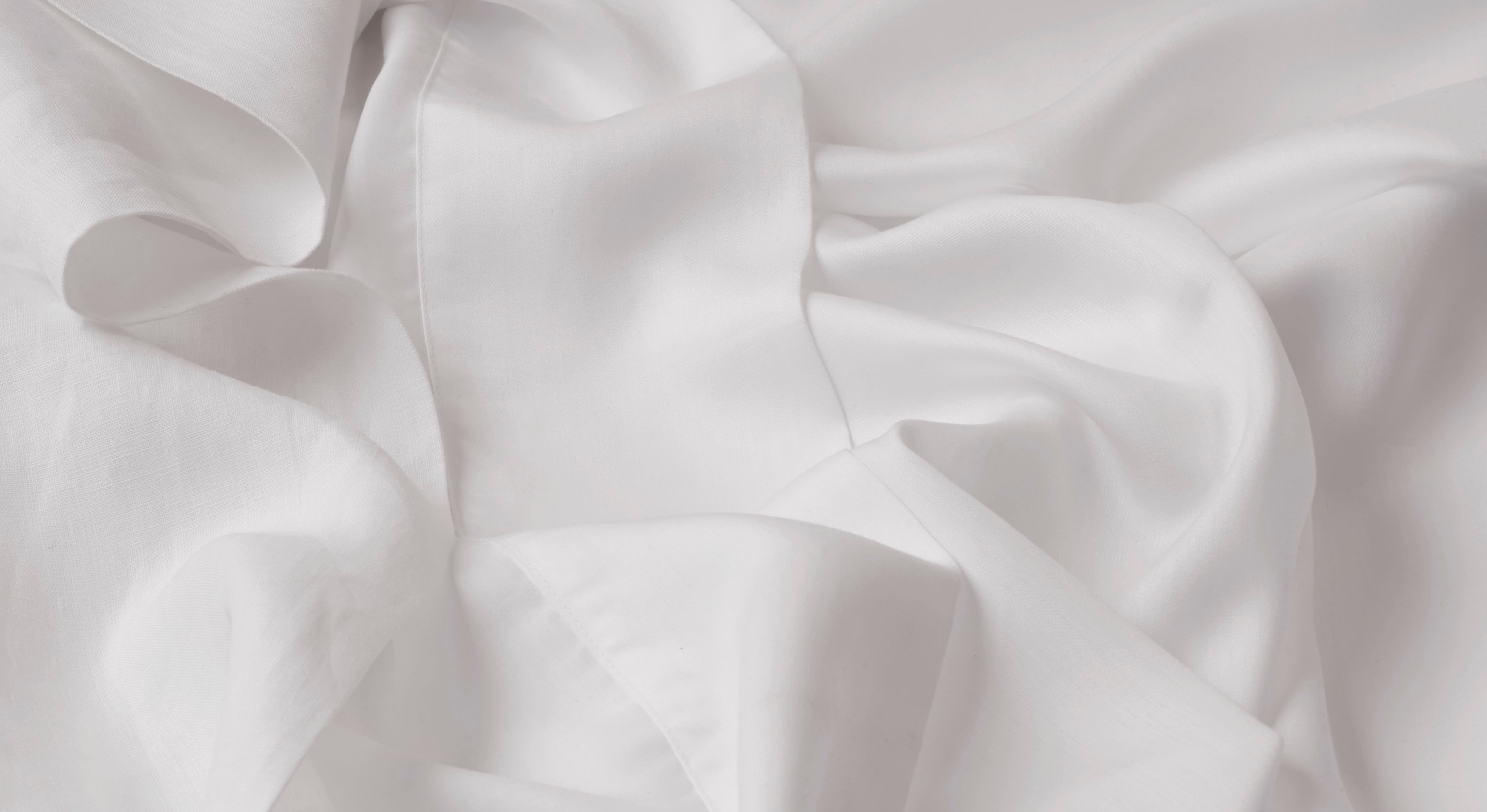

If you’ve ever read a product description across our bedding collection, then you’ve definitely come across the word “weave”. It’s a term we love to use (liberally). There are plain weaves, percale, sateen; you may have seen words like “dobby weave” and “twill weave” also thrown around.
What is a Fabric Weave?
Well, to discover all the different types of fabric weaves, first we have to define what a weave even is — or, more accurately, we have to teach you about weaving itself.
Essentially, it’s the process of how a fabric, or textile, is even made — a technique that sees two separate strands of yarns interlaced. One strand, the horizontal one, is called the weft; the vertical strand, the warp.
Still with us?
So the way the weft (horizontal yarn) and the warp (vertical yarn) interlace makes up the fabric weave. And because there are different ways and patterns of interlacing the two — well, that’s how you get so many different types of fabric weaves.
What Are the Different Types of Fabric Weaves?
Now that you’re well versed as to what a weave is and how it’s made, we can go into all the different types.
At Sheridan, we’re pretty proud of the craftsmanship and quality that goes into each and every one of the weaves we use. And we have a few favourites — looking at you, sateen and plain weaves.
Once you know the definitions of all our fabric weaves, well, we bet you might garner a whole new appreciation for your sheets and bedding (and might find your favourite, too!).
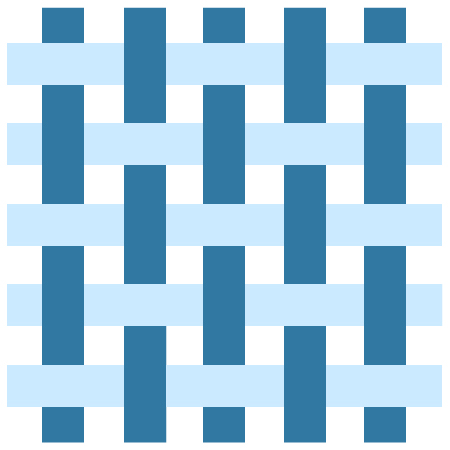
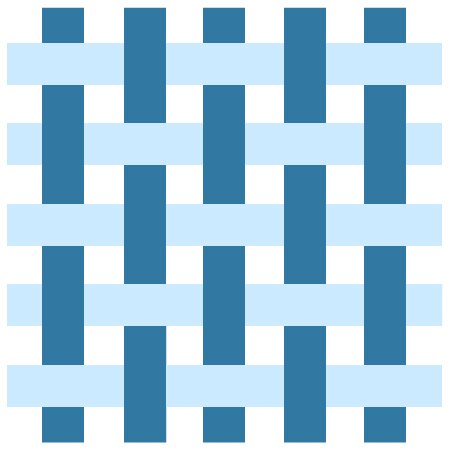
What is a Plain Weave?
Don’t judge a book by its cover in this instance. The name might be plain, and its weave simple, but the sheets this weave produces are anything but.
If you’re looking to define a plain weave, which is also known as a checkerboard weave, it’s created by utilising a simple alternate interlacing of warp and weft (translation: over, under, over, under). With an appearance that’s typically the same front and back, sheets created from plain weaves have a crisp hand feel, and boast durability and low pilling.
What is a Sateen Weave?
Here’s a weave where the name hints at the feel. Sateen sheets are lustrous and boast softness and a beautiful sheen. Here, there are more vertical threads (warp), than weft (horizontal) — in fact, weft yarns skip over warp yarns, before interlacing again.
This weaving technique increases the lustre and adds to the drape. Sateens may also boast a heavier weight.
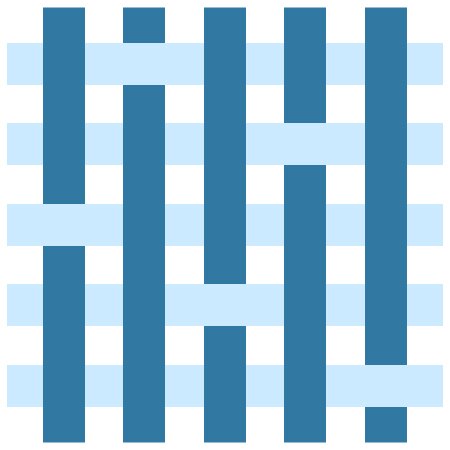
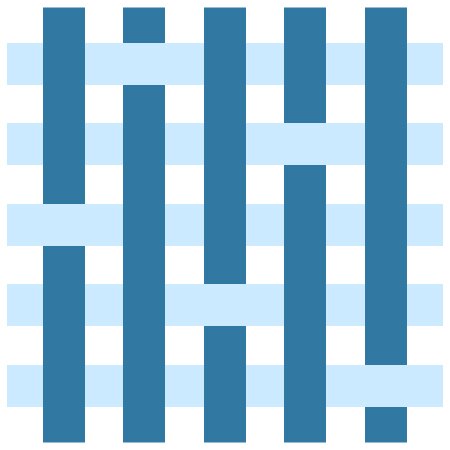
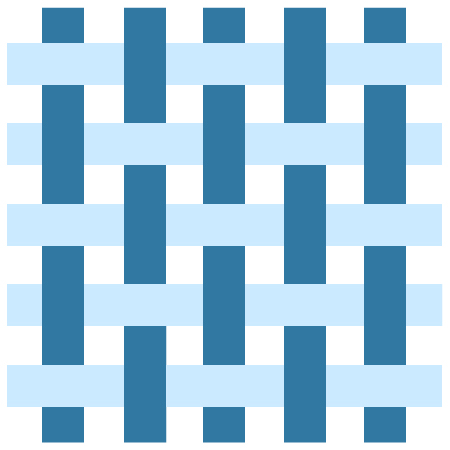
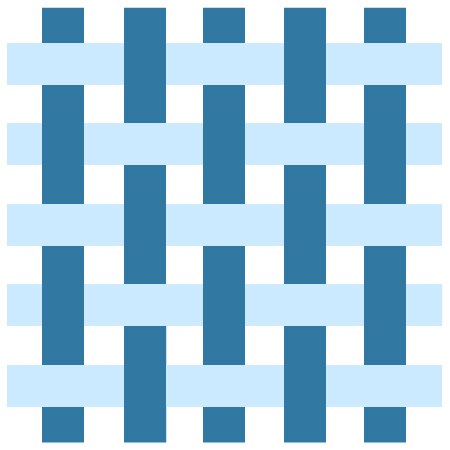
What is a Percale Weave?
So a percale weave is a plain weave — the warp and weft threads cross over and under each other, one thread at a time, during weaving. It’s a compact weave, that results in a more matte finish compared to other weaves. Percale weave sheets offer a crisp, lightweight feel, as the weave allows air to breathe through the yarns interlacings.
What is a Twill Weave?
A twill weave is considered a basic weave, instantly recognisable by its unique diagonal appearance. Interlacing warp and weft yarns are woven in a progressive alternation. Confused? Weft threads are woven over and under two or more warp threads. It creates a fabric that drapes well, with a medium weight and matte finish.
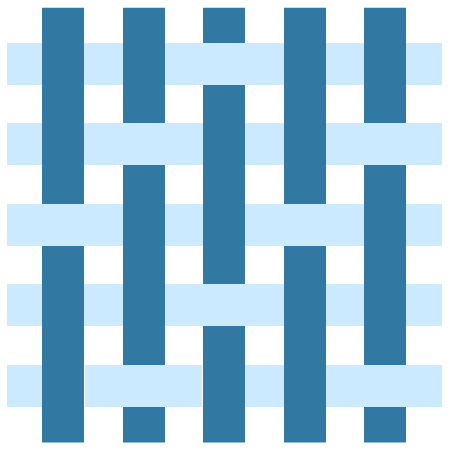
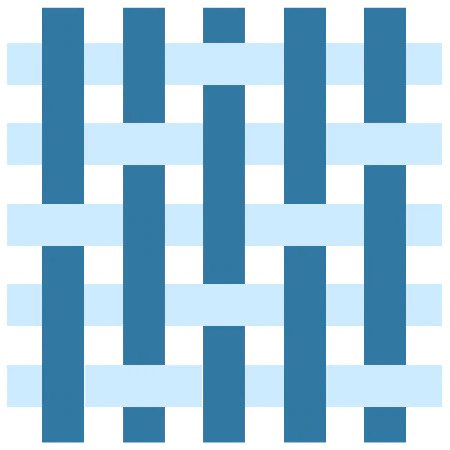
What is a Dobby Weave?
It’s got nothing to do with a certain house-elf, we promise. A dobby weave is actually a decorative weave, where geometric patterns and intricate textured designs can be woven into the fabric structure. The weft can instigate the design pattern and can be done in a number of ways.
